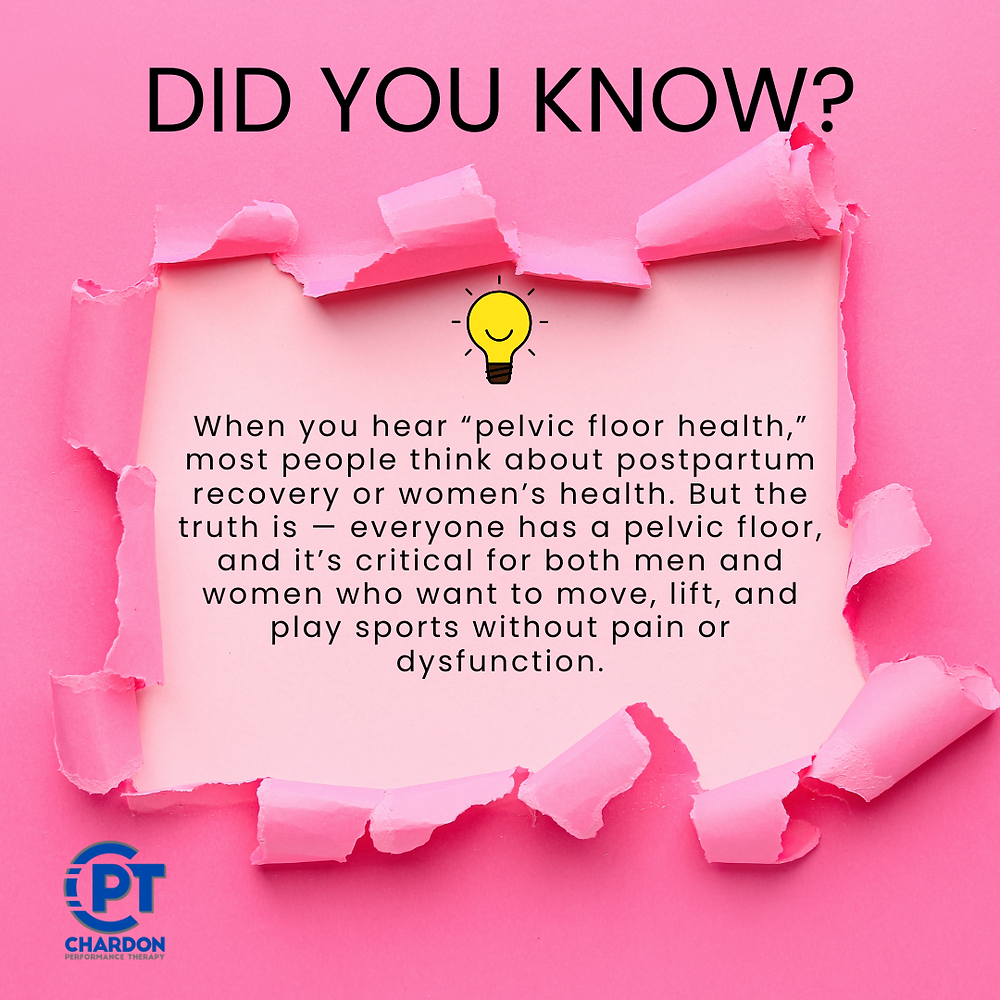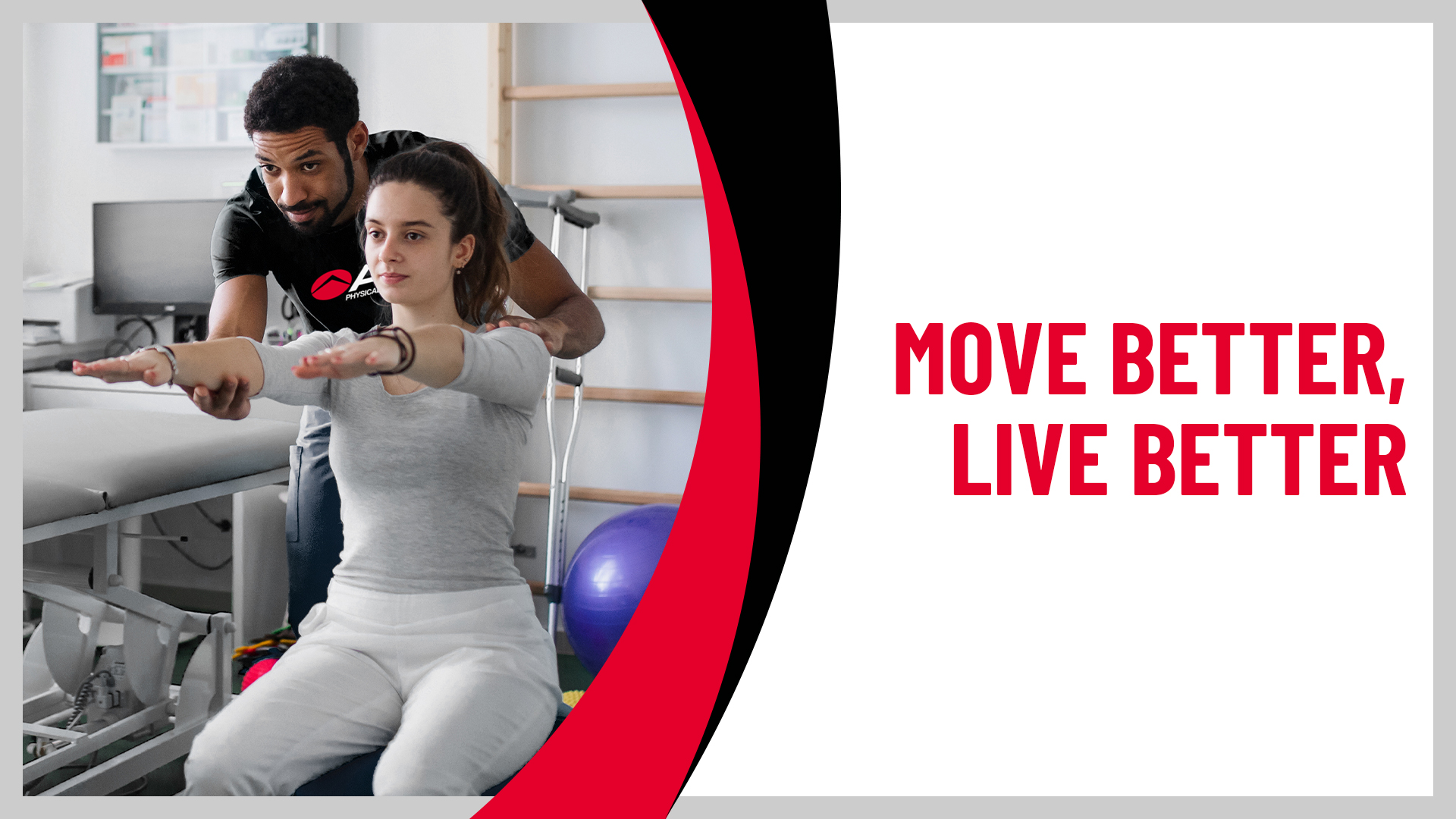Note: The shin pain exercises and/or stretches in this blog are not intended to replace the advice of your physiotherapist. Starting a new exercise, stretch, movement, or activity may result in some expected stiffness and soreness. If you are unsure, please speak to your physiotherapist before attempting any of the suggestions below.
Have you ever experienced shin pain? Commonly referred to as shin splints, this pain can range from a dull ache to a sharp, razor-like sensation in the shinbone (tiba). The pain often gets worse with exercise and subsides after rest. When left untreated, it can become more persistent and may even occur at rest.
Shin pain is often called medial tibial stress syndrome, which is when the muscles on the inside of the shin that attach to the lower leg bone start to get overloaded. With activity or exercise, they start to pull and irritate the attachment of the muscle and tendon to the bone, creating pain.
Shin pain is not just a runner’s injury. It can affect anyone who enjoys walking or other physical, high-impact activities. Whether it’s from overuse, wearing improper footwear, or muscle imbalances, shin splints can make even the simplest movements feel difficult.
See how these 3 exercises target the area by building strength, releasing tension, and stretching the muscles of and around your shin to help you move with ease. Let’s dive in!
3 moves to reduce shin pain:
1. Toe Raises (Seated or Standing)


How it helps: Strengthens the muscles at the front of the shin.
How to do it:
- Sit up in a chair with your feet flat on the ground.
- Lift your toes up toward your knees, keeping your heels on the ground, and then slowly lower your toes back to the ground.
- Repeat 5 times.
Progress to standing toe raises. You should feel this in the muscles in front of your shin.
Optional: If you need an extra challenge, consider adding weight on your toes.
2. Massage stick for muscle release


How it helps: The massage stick helps to release tension and trigger points (sore points of tension) and can be used before or after exercise.
How to do it:
- Try to keep the muscle in a relaxed position.
- Roll gently up and down for about one minute per side.
- If you find a sore spot, stay on that area for a few more seconds until the muscle is less tense.
Tip: Maintain gentle pressure as excessive use can cause muscle soreness.
3. Seated shin stretch

How it helps: Stretches the front of the lower leg to relieve tightness.
How to do it:
- Sit on a chair and cross your injured foot over the opposite knee.
- With your hand, gently bend the foot down and turn it outwards (toward the little toe) until you feel a stretch at the top of the foot.
- Hold this position and relax for 30 seconds
By focusing on strengthening, releasing tightness, and stretching the muscles in front of the shin, you can help begin to reduce shin pain and return to activities you love.
To see these exercises in action, check out the video below!
To schedule an appointment, contact a pt Health clinic near you or book an appointment online.
This blog originally appeared on Lifemark.ca and was written by Karen Tyssen.









